Blogs
Dell Technologies industry experts post their thoughts about our Communication Service Providers Solutions.

Speed Dial: Turbocharging an AI-Native Telecom Industry
Fri, 14 Jun 2024 02:48:11 -0000
|Read Time: 0 minutes

Distribution of 5G Core to Network Edge
Wed, 08 May 2024 18:35:27 -0000
|Read Time: 0 minutes

Empowering Telecom: Samsung, Dell, and Intel Lead the Open Disaggregated Revolution
Fri, 29 Mar 2024 16:00:28 -0000
|Read Time: 0 minutes

Advancing O-RAN-Based 5G Adoption Through Collaborative Excellence
Thu, 22 Feb 2024 19:15:40 -0000
|Read Time: 0 minutes

Defining the future of O-RAN Management with Vodafone, Amdocs, and Dell Technologies
Thu, 22 Feb 2024 13:08:00 -0000
|Read Time: 0 minutes

Telecom Cloud Core Optimized with the AMD-based PowerEdge R7615
Tue, 13 Feb 2024 19:09:50 -0000
|Read Time: 0 minutes

Accelerate intelligent operations using AIOps for cloud native networks
Tue, 30 Jan 2024 17:07:35 -0000
|Read Time: 0 minutes

Simplifying 5G Network Deployment with Dell Telecom Infrastructure Blocks for Red Hat
Fri, 19 Jan 2024 15:08:05 -0000
|Read Time: 0 minutes

Monetizing Network Exposure Through Open APIs
Fri, 08 Dec 2023 19:40:56 -0000
|Read Time: 0 minutes

Improving Network Operations and Observability for Cloud-Native Networks
Tue, 24 Oct 2023 14:35:04 -0000
|Read Time: 0 minutes

Multitenancy in MEC: When is it needed and what does it look like?
Wed, 27 Sep 2023 20:32:45 -0000
|Read Time: 0 minutes

Dell Technologies and Nokia Pave the Way for Open Ecosystem Cloud RAN
Tue, 26 Sep 2023 20:17:54 -0000
|Read Time: 0 minutes

The 5G Core Network Demystified
Thu, 17 Aug 2023 19:29:23 -0000
|Read Time: 0 minutes

Dell Shifts vRAN into High Gear on PowerEdge with Intel vRAN Boost
Thu, 17 Aug 2023 18:33:05 -0000
|Read Time: 0 minutes

A Bachelor’s Guide to Network Automation
Mon, 24 Jul 2023 20:18:24 -0000
|Read Time: 0 minutes

What is Happening in the Network Edge
Mon, 26 Jun 2023 10:59:44 -0000
|Read Time: 0 minutes

Cloud-native or Bust: Telco Cloud Platforms and 5G Core Migration
Thu, 25 Apr 2024 16:23:22 -0000
|Read Time: 0 minutes

Dell Technologies and Samsung collaborate to bring innovative Open RAN solutions to CSPs
Mon, 27 Feb 2023 07:00:00 -0000
|Read Time: 0 minutes

Dell and Nokia collaborate to accelerate cloud RAN adoption
Mon, 27 Feb 2023 07:00:00 -0000
|Read Time: 0 minutes
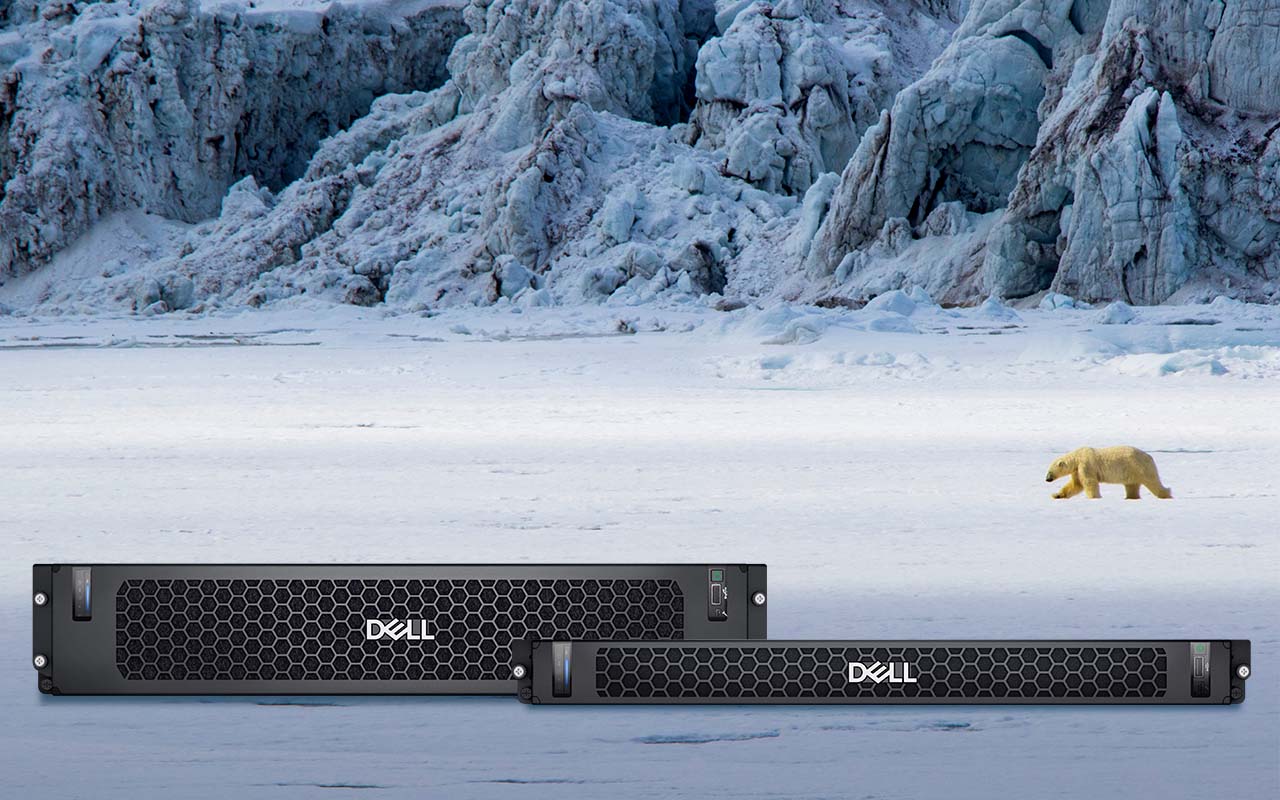
Dell’s PowerEdge XR7620 for Telecom/Edge Compute
Fri, 07 Jul 2023 15:03:04 -0000
|Read Time: 0 minutes
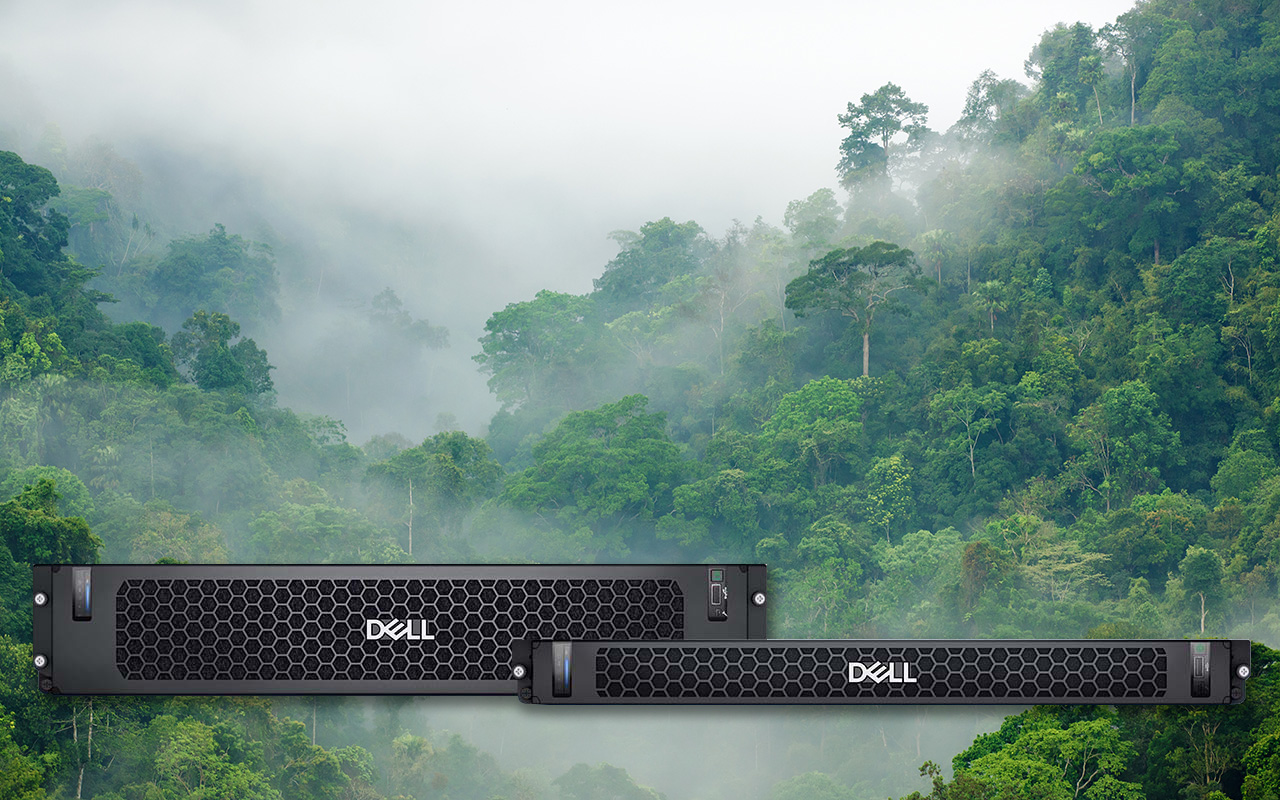
Dell’s PowerEdge XR5610 for Telecom/Edge Compute
Tue, 25 Apr 2023 16:58:19 -0000
|Read Time: 0 minutes

Dell’s PowerEdge XR8000 for Telecom/Edge Compute
Fri, 31 Mar 2023 17:38:53 -0000
|Read Time: 0 minutes
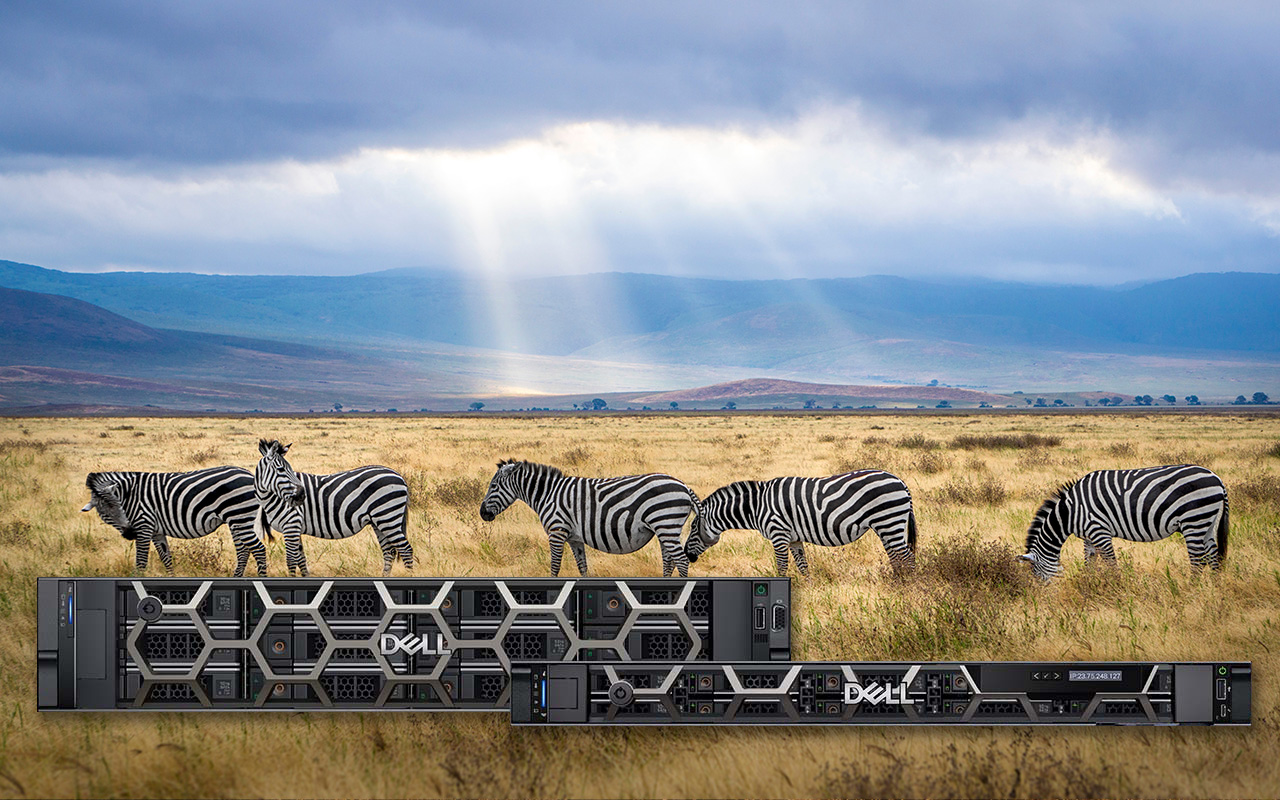
Dell’s PowerEdge XR4000 for Telecom/Edge Compute
Wed, 08 Feb 2023 18:04:19 -0000
|Read Time: 0 minutes
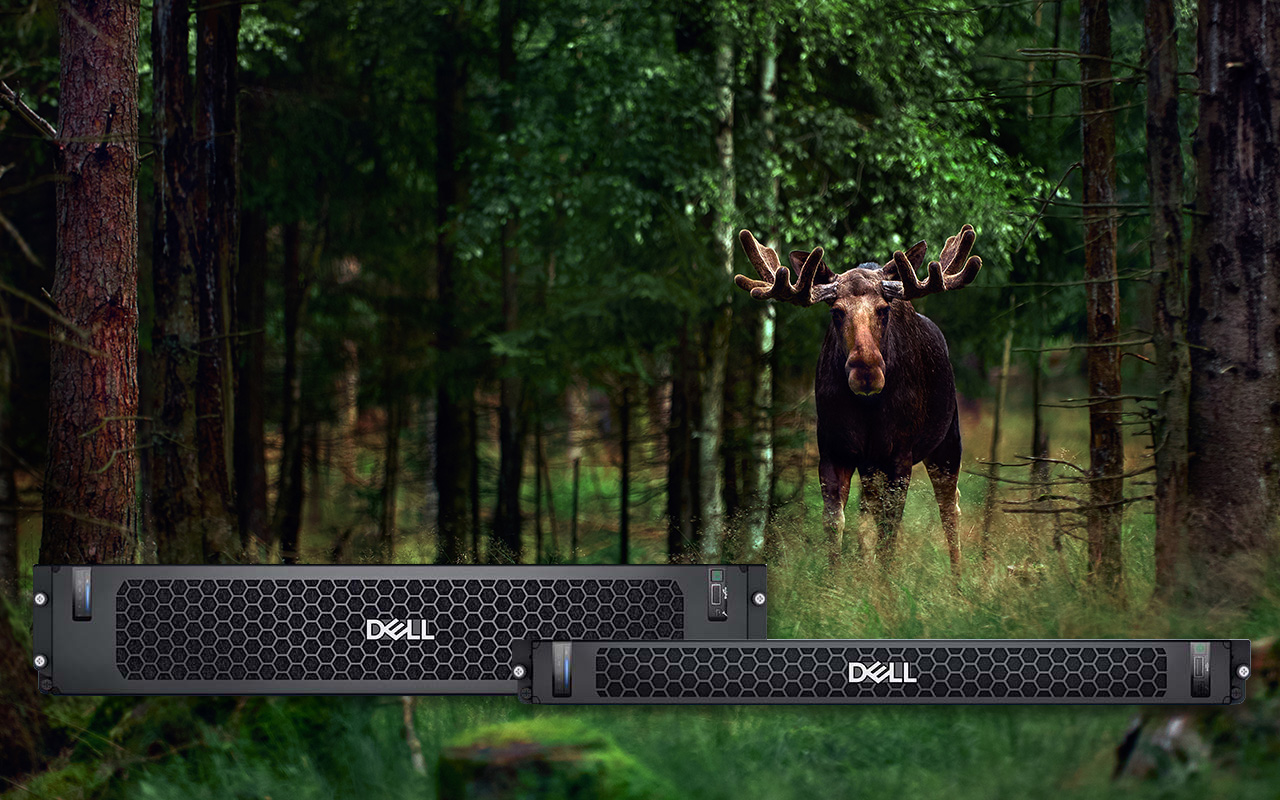
Computing on the Edge–Other Design Considerations for the Edge: Part 2
Thu, 02 Feb 2023 15:30:52 -0000
|Read Time: 0 minutes

Accelerating the Journey towards Autonomous Telecom Networks
Fri, 06 Jan 2023 14:29:40 -0000
|Read Time: 0 minutes
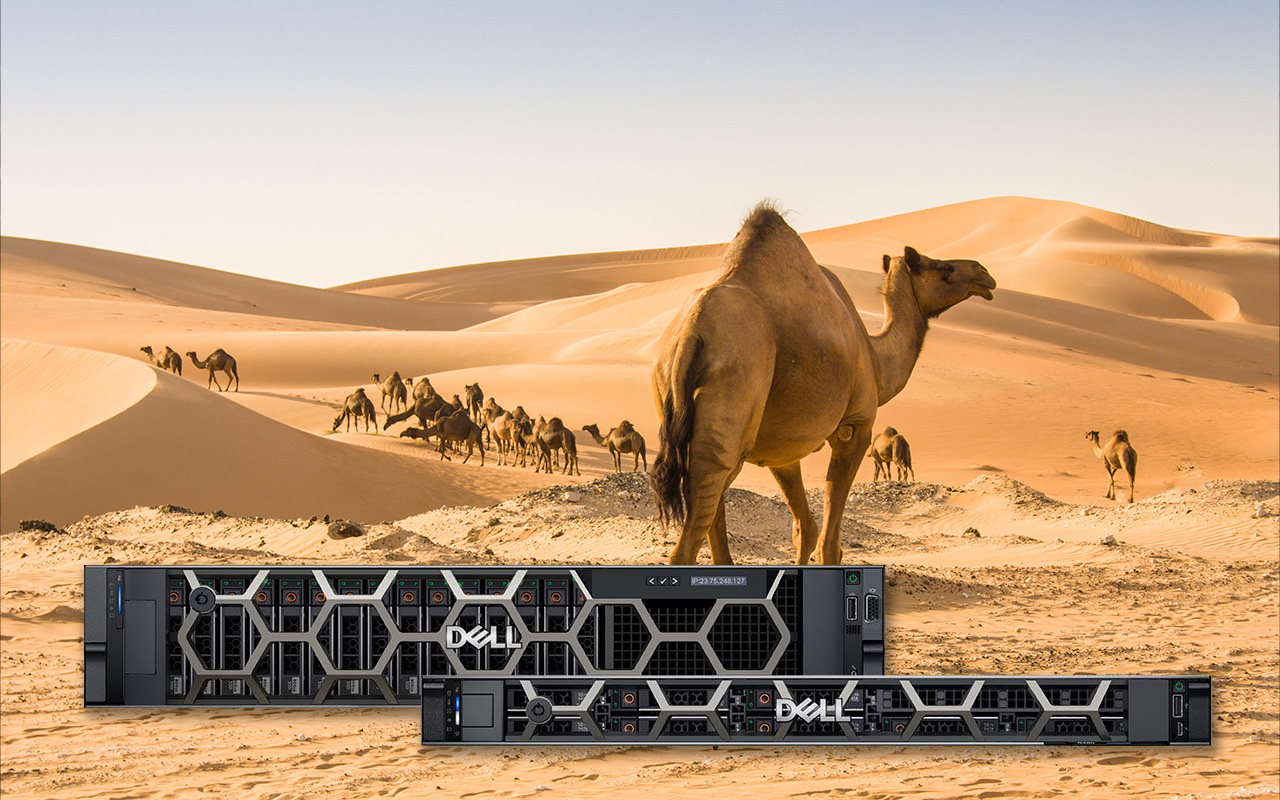
Computing on the Edge: Other Design Considerations for the Edge – Part 1
Fri, 13 Jan 2023 19:46:50 -0000
|Read Time: 0 minutes
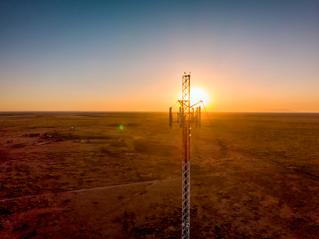
How Dell Telecom Infrastructure Blocks are Simplifying 5G RAN Cloud Transformation
Thu, 08 Dec 2022 20:01:48 -0000
|Read Time: 0 minutes
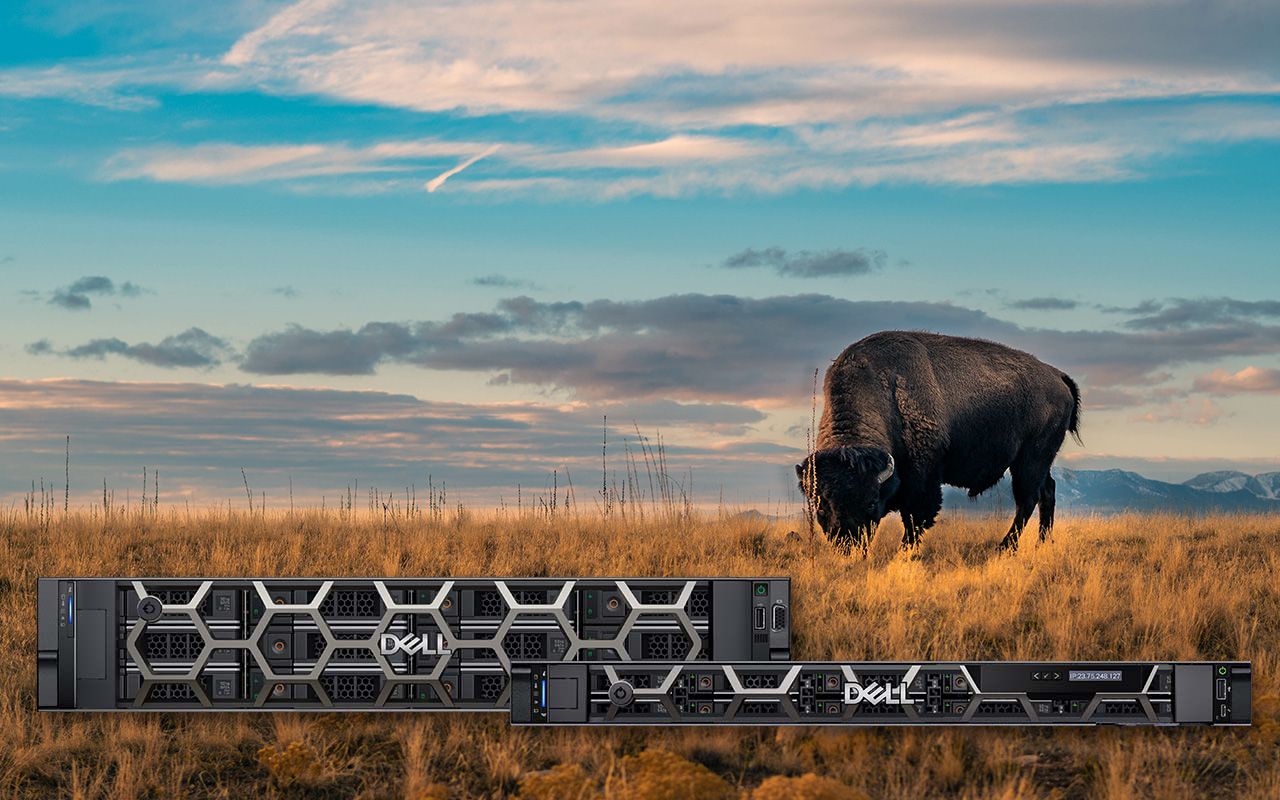
Computing on the Edge: Outdoor Deployment Classes
Fri, 02 Dec 2022 20:21:29 -0000
|Read Time: 0 minutes

Computing on the Edge: NEBS Criteria Levels
Tue, 15 Nov 2022 14:43:44 -0000
|Read Time: 0 minutes

Accelerate Telecom Cloud Deployments with Dell Telecom Infrastructure Blocks
Mon, 31 Oct 2022 16:48:10 -0000
|Read Time: 0 minutes

Telecom Innovations: Breaking Down the Barriers to DevSecOps
Fri, 02 Sep 2022 15:16:44 -0000
|Read Time: 0 minutes

Bandwidth Guarantees for Telecom Services using SR-IOV and Containers
Mon, 12 Dec 2022 19:14:38 -0000
|Read Time: 0 minutes




















